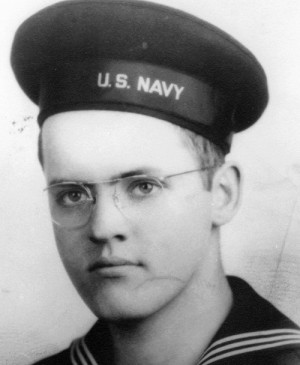On January 10, 1941, President Franklin D. Roosevelt introduces the lend-lease program to Congress. The plan was intended to help Britain beat back Hitler’s advance while keeping America only indirectly involved in World War II.
As Roosevelt addressed Congress, the Battle of Britain was in its full destructive swing and Hitler seemed on the verge of invading Great Britain. The cash-strapped Brits desperately needed airplanes, tanks and ships to fight Hitler’s imminent invasion. For months, Britain’s prime minister, Winston Churchill, had begged Roosevelt for help, but the president was committed to abiding by Americans’ wishes to stay out of another bloody world war.
The lend-lease program provided for military aid to any country whose defense was vital to the security of the United States. The plan thus gave Roosevelt the power to lend arms to Britain with the understanding that, after the war, America would be paid back in kind. Congress overwhelmingly accepted the plan, which only staunch isolationists opposed. Roosevelt’s program enabled the U.S. military to prepare for the growing threat of Japan on its Pacific flank while helping Britain to contain Hitler across the Atlantic, as it permitted aid to Europe without committing American troops that might be needed in a Pacific war. Even though Roosevelt’s plan did not require immediate repayment, the United States commandeered what was left of Britain’s gold reserves and overseas investments to help pay for the increased defense production.

Cases of TNT gunpowder shipped from the USA under lend-lease are stacked in the dump in a tunnel 100 feet underground dug out of solid rock, in western England.
With the bombing of Pearl Harbor in December 1941, Japan forced the entry of the United States into the war. Roosevelt then recognized the strategic advantage of also supplying the Soviet Union with arms under lend-lease in order to draw Hitler’s resources away from Western Europe. This gave the United States a better chance at fighting a war on two fronts while planning for an invasion to liberate Europe. Roosevelt, mindful of the inherent conflict between American democracy and Soviet communism, counted on using U.S. military aid to the Soviet Union as a bargaining chip in post-war diplomatic relations.
By the end of the war the United States had given more than $50 billion in armaments and financial support to Britain, the U.S.S.R. and 37 other countries.

Lend Lease Equipment In France
Postby Luis » Tue Feb 21, 2012 3:07 pm
Lend Lease Equipment In France
Newly-assembled American jeeps at supply depot as they are lined up in convoys, ready to go to French troops training in the field .
Location: Casablanca, Morocco
Date taken: 1943
Photographer: Margaret Bourke-White
The lend-lease program laid a foundation for the post-war Marshall Plan, which provided aid to European nations to help rebuild their economies after two devastating world wars.



 Check out my other blog
Check out my other blog I'M PUBLISHED
I'M PUBLISHED I'm Published Again
I'm Published Again








